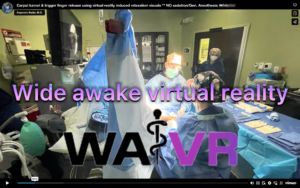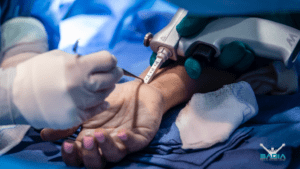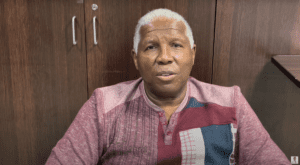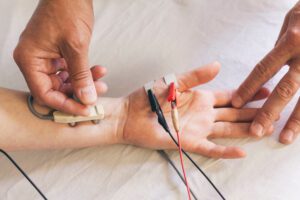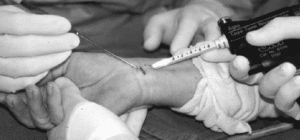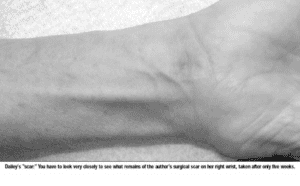Endoscopic Carpal Tunnel & Trigger Finger Release – No Sedation
Procedure and Testimonial If you were given the option of general anesthesia or a block paired with virtual reality glasses that transport you to beautiful deep ocean views, which would you choose? When asked what method he preferred the patient stated he liked being wide awake a lot more. In this video the patient had… [Read More]

